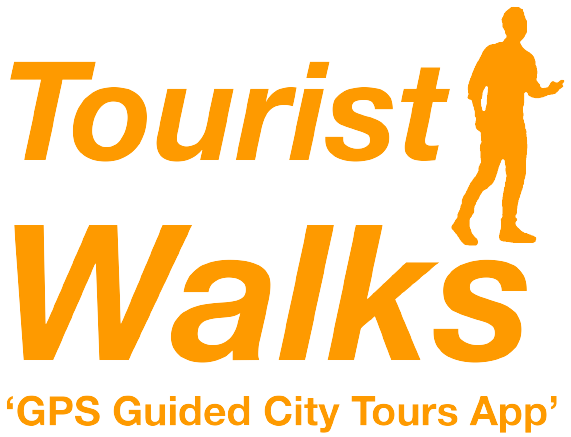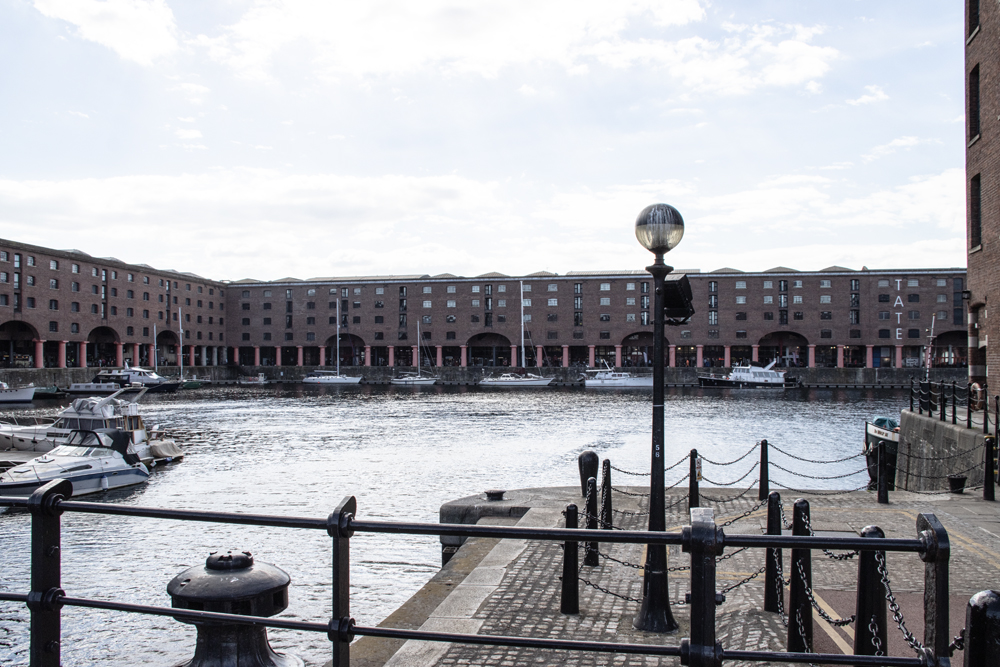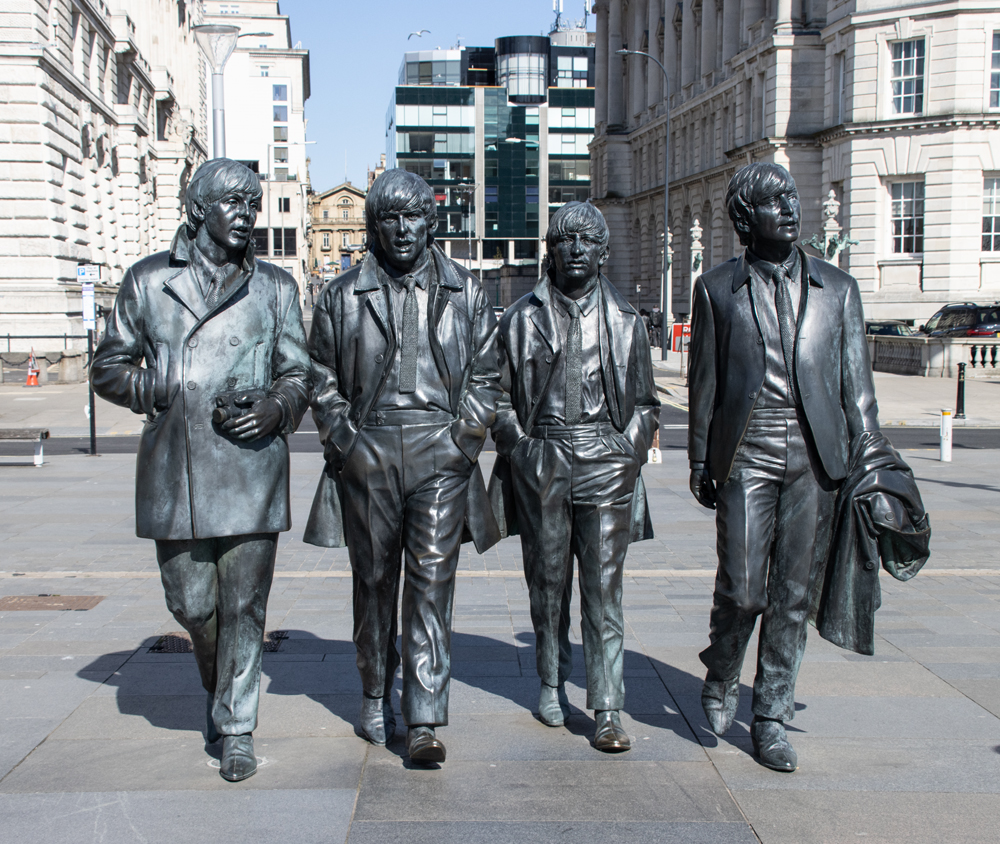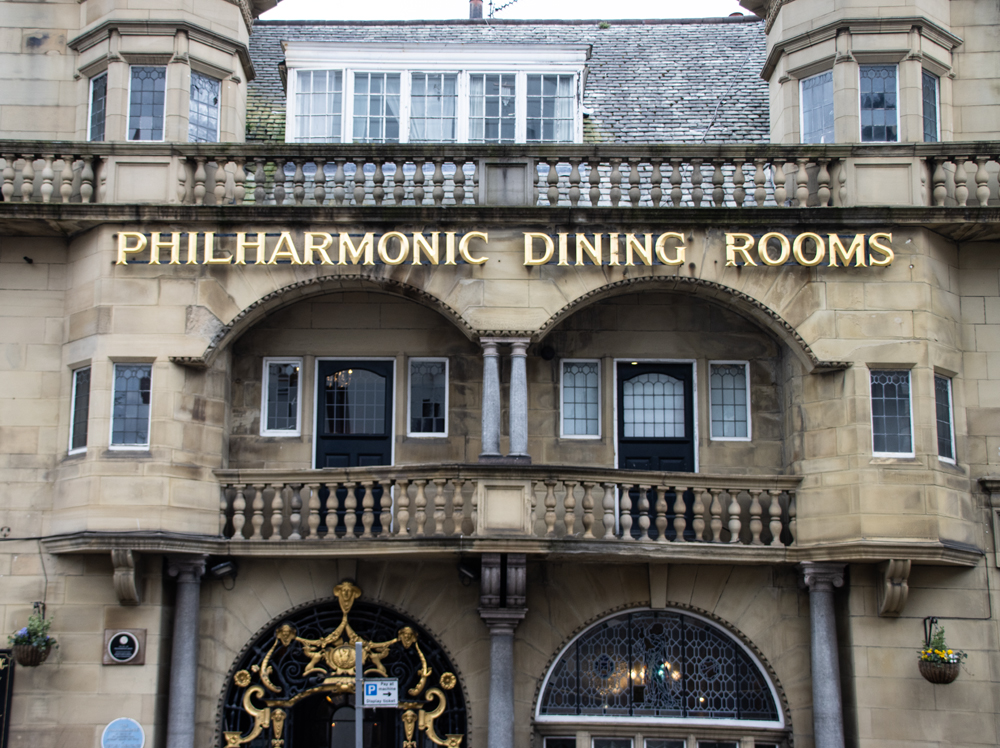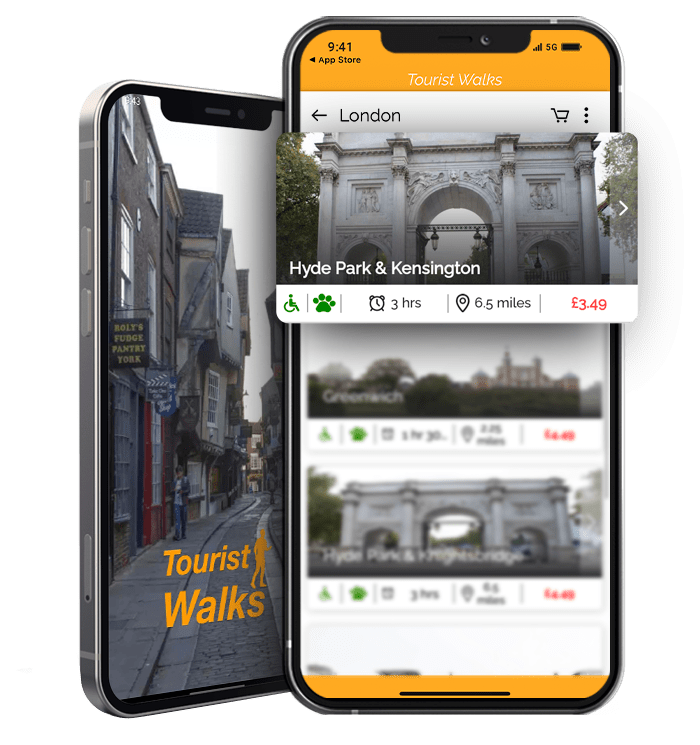
Get to know and love Liverpool more with our City tour
Liverpool has a fascinating history, from its early beginnings, to its vital importance during the second world war, to it being the birthplace of the Beatles and recently the emergence of the shopping phenomenon Liverpool 1. On this walk we explore some of its many stories through its buildings, squares and sculptures to give you a deeper insight into this remarkable city. Happy sightseeing.
Locations
Miles Covered
Users
Benefits
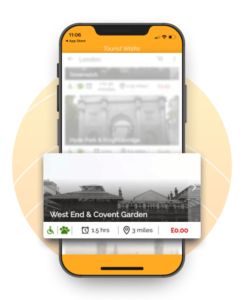
FREE App with A FREE WALK in Every City
Each walk delivers a unique and fascinating user experience. Through Tourist Walks’ self guided tour application you can explore the hidden gems created by local experts. For people wanting to explore the neighbourhood and experience the local culture, we provide a unique experience of exploring the city using GPS guided audio tours. We provide a free walk to our new users.
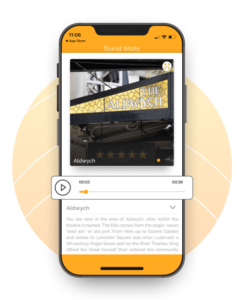
Full Audio Visual Commentary
Tourist Walks is an application that can give you the freedom to explore the famous walks at your own discretion. We have created a full audio-visual self-guided experience that gives you the confidence to explore and discover the stories of various cities on your own.
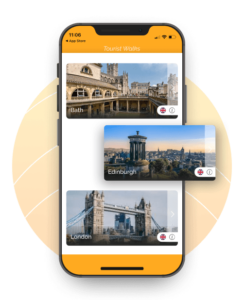
Visit the Best Tourist Sites & Explore Them
Get a list of all the tourist sites you can visit. The Tourist Walks application will guide you to your next destination because every journey starts with a single step.

GPS and Multilingual Audio and Text Guidance
Even if you don’t understand the local language of the city you are visiting, Don’t worry. Audio guided walks have multilingual text assistance that will guide you in your native language.
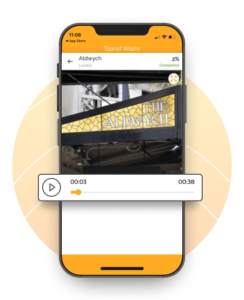
Start/Stop/Rewind
/Restart Go at Your Own Pace
Tourist Walks’ audios are narrated by professionals who will keep you entertained while you are walking your way to the next destination. We help you discover the city around you in a more impressive way.
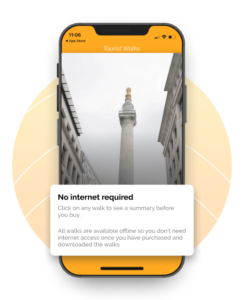
Download the Walk App & Use Offline. No Mobile Data Required.
It is always frustrating when you wish to travel somewhere but your mobile phone service is out-of-order. Don’t worry! Tourist Walks comes with an offline version of built-in maps you might need, even without internet access.
- Free walk
- Full Audio Visual
- Tourist Sightseeing
- Multilingual Texts
- Easy Audio Access
- Offline App
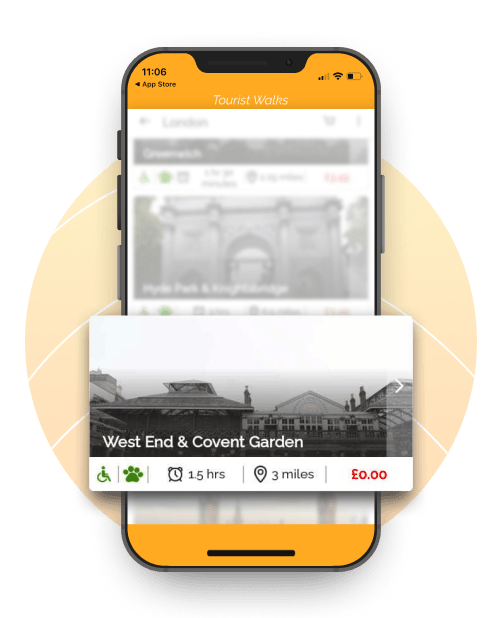
FREE App & Walk Summaries
Each walk delivers a unique and fascinating user experience. Through Tourist Walks’ self guided tour application you can explore the hidden gems created by local experts. For people wanting to explore the neighbourhood and experience the local culture, we provide a unique experience of exploring the city using GPS guided audio tours. The App is FREE, and all the walk summaries are FREE, each walk is individually priced and you can buy all the walks for a city at a discounted price.
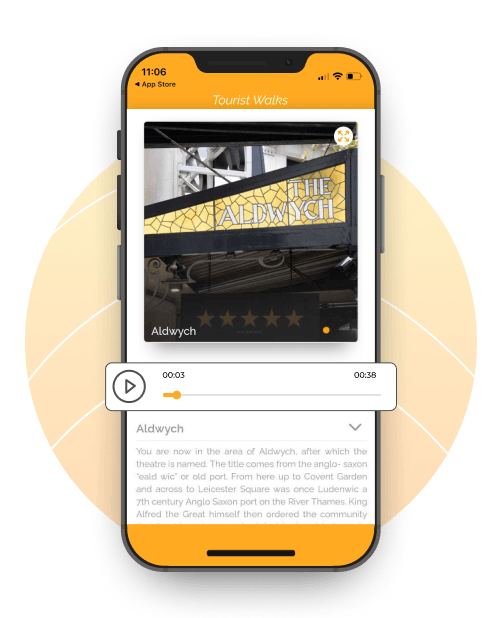
Full Audio Visual Commentary
Tourist Walks is an application that can give you the freedom to explore the famous walks at your own discretion. We have created a full audio-visual self-guided experience that gives you the confidence to explore and discover the stories of various cities on your own.
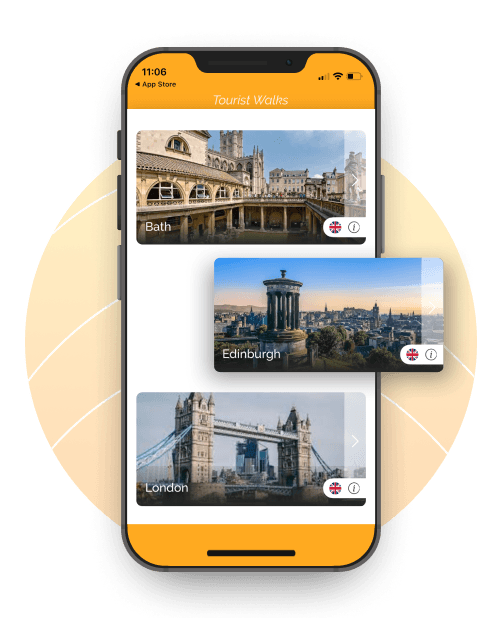
Visit the Best Tourist Sites & Explore Them
Get a list of all the tourist sites you can visit. The Tourist Walks application will guide you to your next destination because every journey starts with a single step.

GPS and Multilingual Audio and Text Guidance
Even if you don’t understand the local language of the city you are visiting, Don’t worry. Audio guided walks have multilingual text assistance that will guide you in your native language.
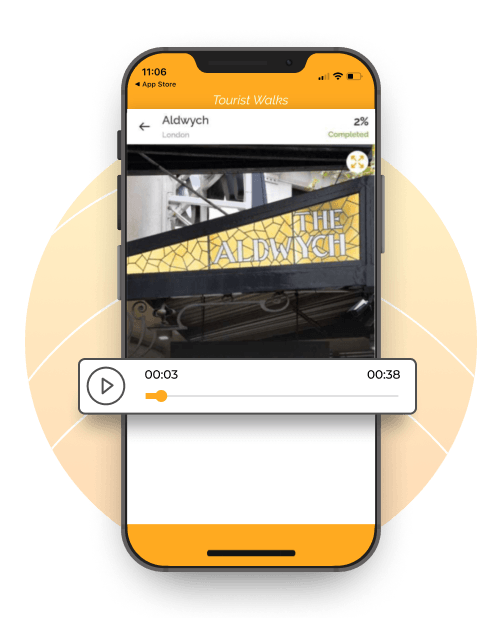
Start/Stop/Rewind
/Restart Go at Your Own Pace
Tourist Walks’ audios are narrated by professionals who will keep you entertained while you are walking your way to the next destination. We help you discover the city around you in a more impressive way.
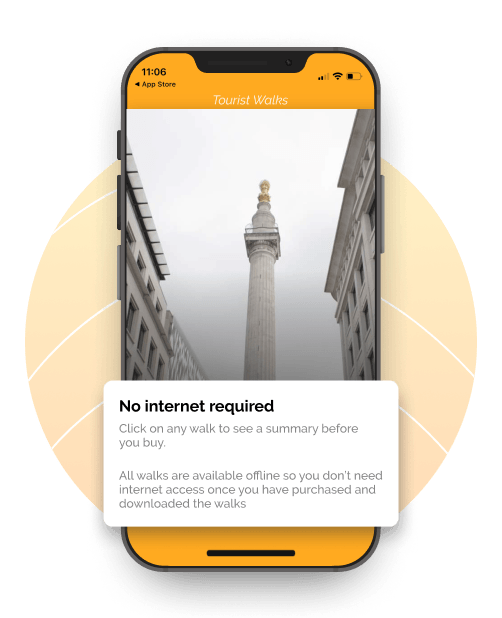
Download the Walk App & Use Offline. No Mobile Data Required.
It is always frustrating when you wish to travel somewhere but your mobile phone service is out-of-order. Don’t worry! Tourist Walks comes with an offline version of built-in maps you might need, even without internet access.
Find the amazing history in the beautiful and historic city of Liverpool
- Tour Name - Liverpool City Tour
- Tour Location - Liverpool
- No. of Attractions - #13
- Tour Starting Point - Western Approaches HQ
- Tour Ending Point - Statue of Eleanor Rigby
Discover wonderful sights and stories on our Liverpool City Walking Tour
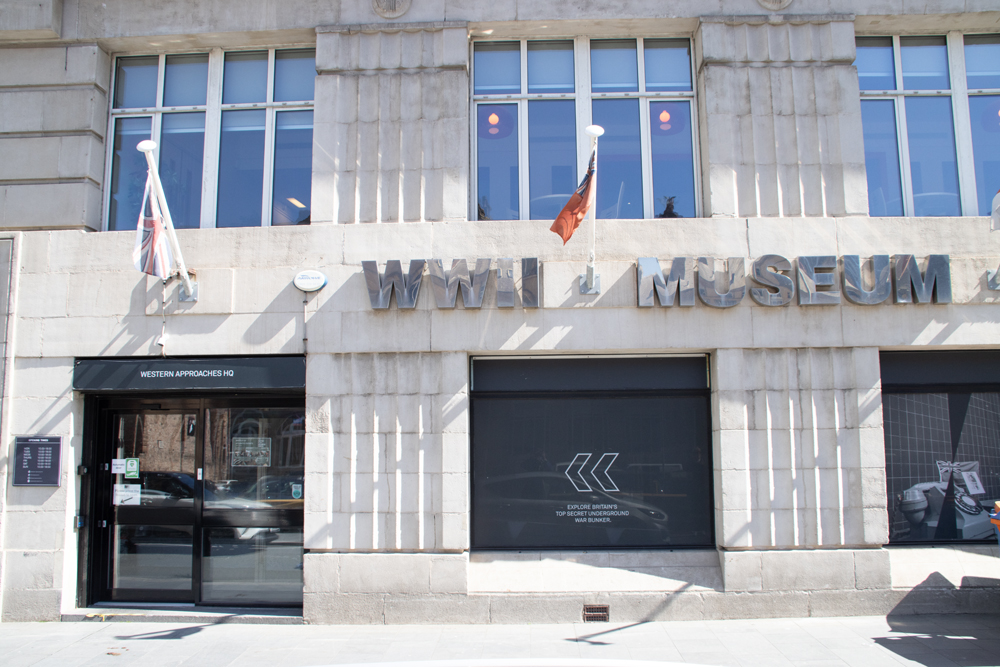
Western Approaches HQ
This windowless bunker, known as the “Fortress”, has 1metre thick walls and a roof over two metres thick. It has barely been changed since it was closed, and it offers an authentic World War 2 experience. You will find here a maze of corridors, communications chambers, and sleeping quarters. The construction workers were told it was going to be a restaurant. During the war over 400 people worked here, and they were all forbidden, by the Official Secrets Act, from telling anyone what they did here. As an island under siege Britain depended over 1 million tons of imports every week, and, given its location, overlooking the western approaches, Liverpool became and the facility became key to Britain’s survival in the war. Find out more on our tour
Nelson Monument
This square, known as Exchange Flags, was once the heart of commercial Liverpool, with cotton merchants and brokers exchanging news and finalising deals. The invention of more modern communications, such as the telegraph, and the telephone, meant all the trading moved inside under cover. The magnificent monument to one of Britain’s greatest ever Admirals, Horatio Nelson, was erected in 1813. There are four dramatic bronze statues of chained captives, not slaves as some might think, which represent his main victories, which are also pictured in relief panels. Find out more on our tour.
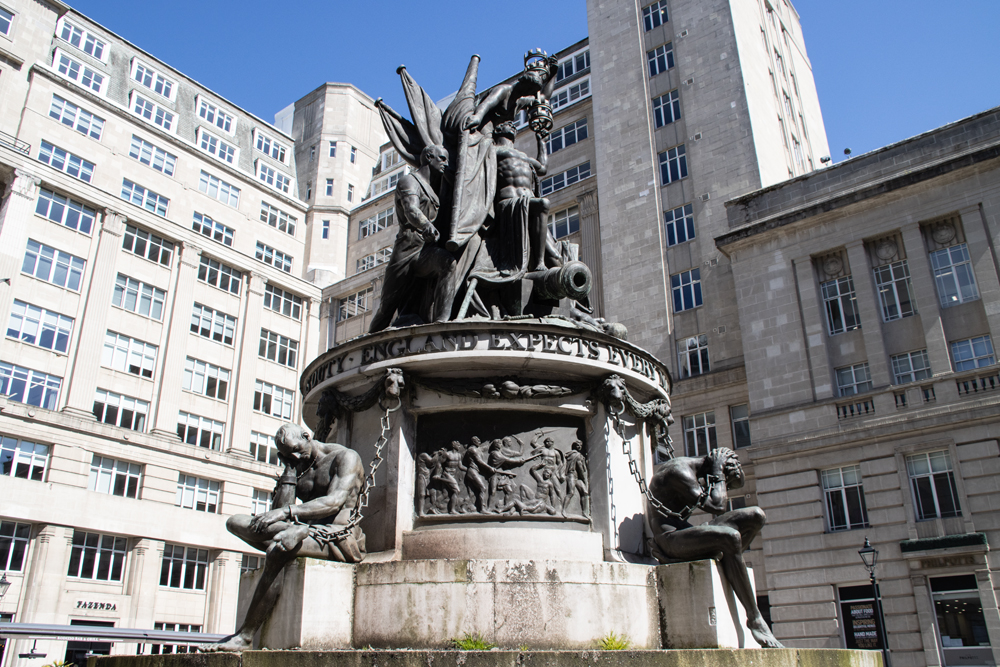
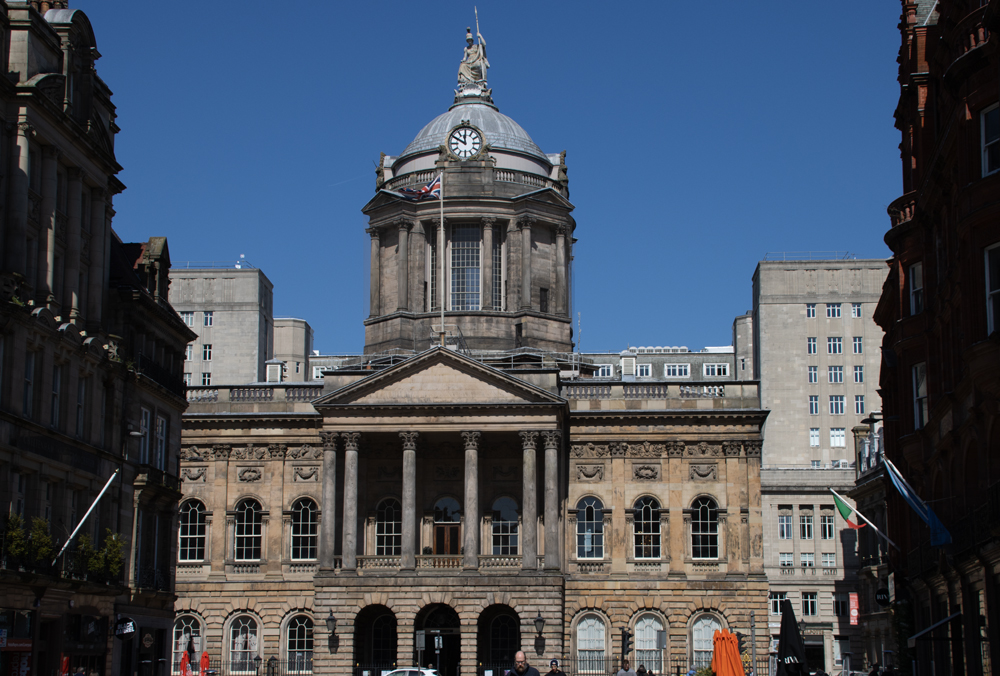
Town Hall
You may be surprised to learn that Liverpool town hall has probably the most splendid civic rooms of any town hall in Britain. If you go on one of their guided tours then, as soon as you enter, you will see the magnificent staircase and soaring dome. There are also friezes, representing overseas trade, which are carved with Africans in exotic head dresses, elephants, crocodiles, ropes, barrels, and cotton bales. It was designed in the 1740’s by John Wood, one of the main architects of many of the Georgian buildings in Bath. It originally had an open exchange on the ground floor, but it was then altered to its current state from at the end of the 18th Century. It has actually done well to be still here after all these years, given all the riots and wars it has seen over the years. Find out more on our tour.
Oriel Chambers
Oriel Chambers may not look impressive today as a piece of architecture, but it has become a place of pilgrimage for architects. The reason for this is that it is the first ever building in the world, with a metal frame suspending a glass curtain wall, a technique that has become the basis for all modern skyscrapers. It is now a grade 1 listed building due to its architectural importance. Find out more on our tour.
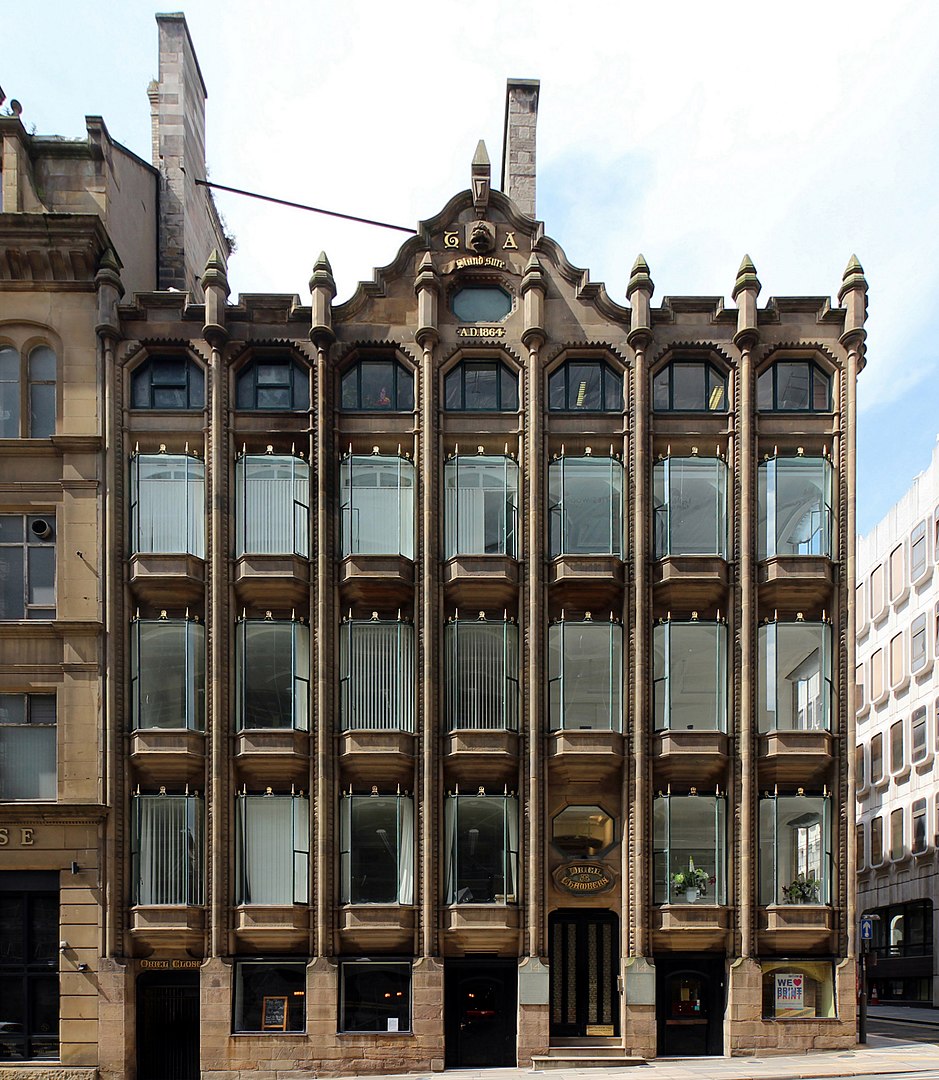
Book Your Kensington Tour Today!


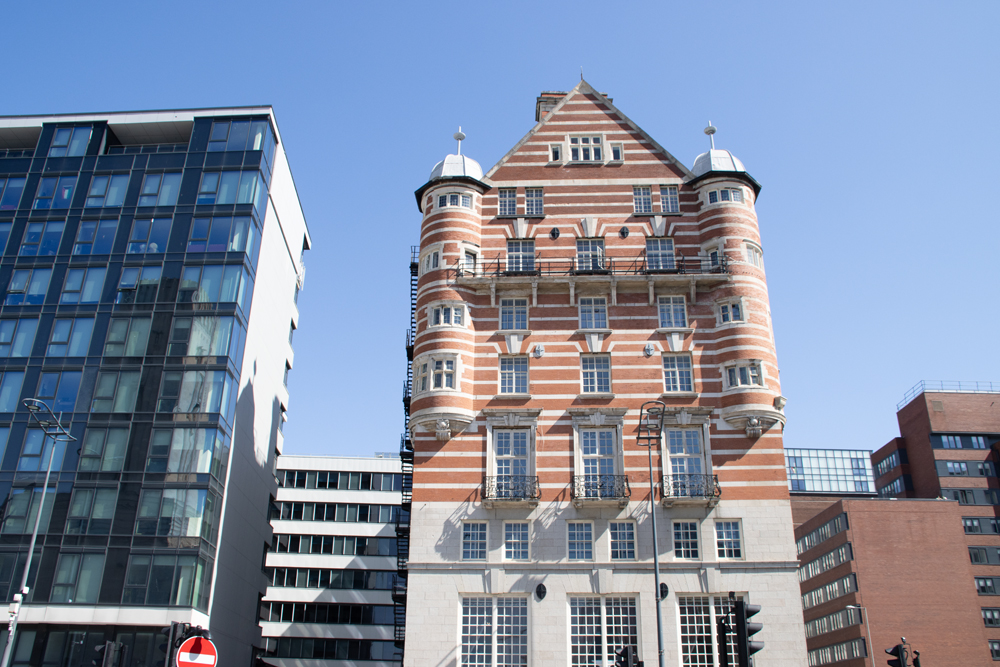
White Star Line HQ
April 15 1912 was perhaps the most infamous day in the history of the White Star Line. It was the day its flagship, the RMS Titanic, was sunk by an iceberg on its maiden voyage. At least 90 of its crew were from Liverpool, and most of them were lost in the tragedy. Among those who survived was the company Chairman Bruce Ismay, who was criticised for jumping into one of the lifeboats, though he had already helped other passengers get into the boats. This building was the head office of the White Star Line, and was designed to represent the solidity and security of their ships. The designer, Richard Norman Shaw, adapted his earlier design for New Scotland Yard in London, with banded brick and stone. Find out more on our tour.
Derby Square
The square, and the magistrates court in front of you, were once the site of Liverpool Castle, which we show an artistic impression of, in our images. The castle stood here from the early 13th Century, to the early 18th Century, and was placed here to protect King John’s new port by William de Ferrers, the 4th Earl of Derby. It was placed on the highest point in the city, and overlooks the “Pool”, from which Liverpool got its name. The moat was cut out of solid rock, and has been unearthed several times. Find out more on our tour.
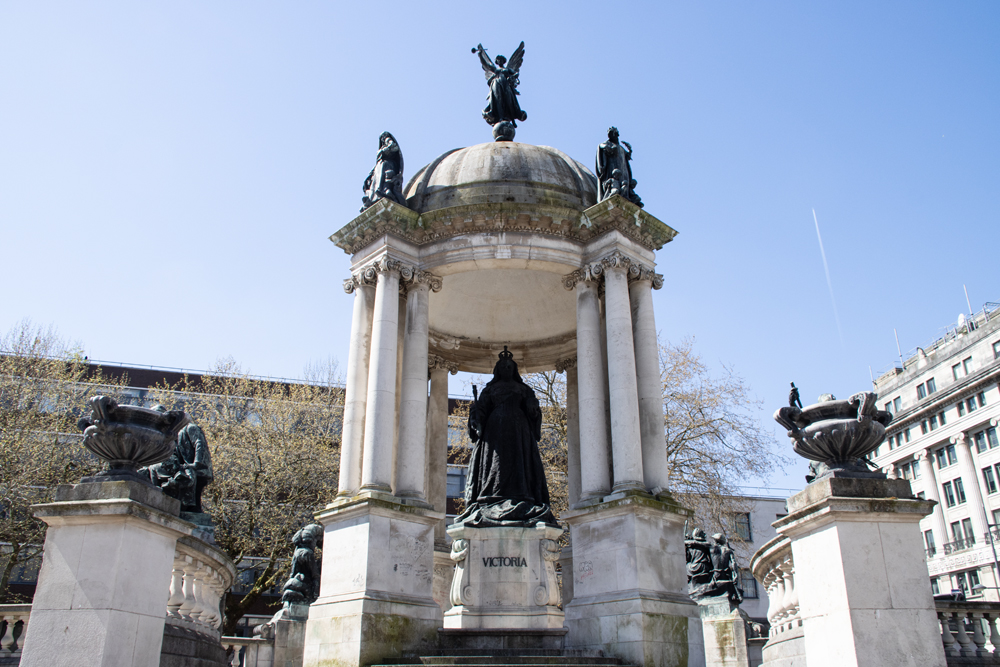
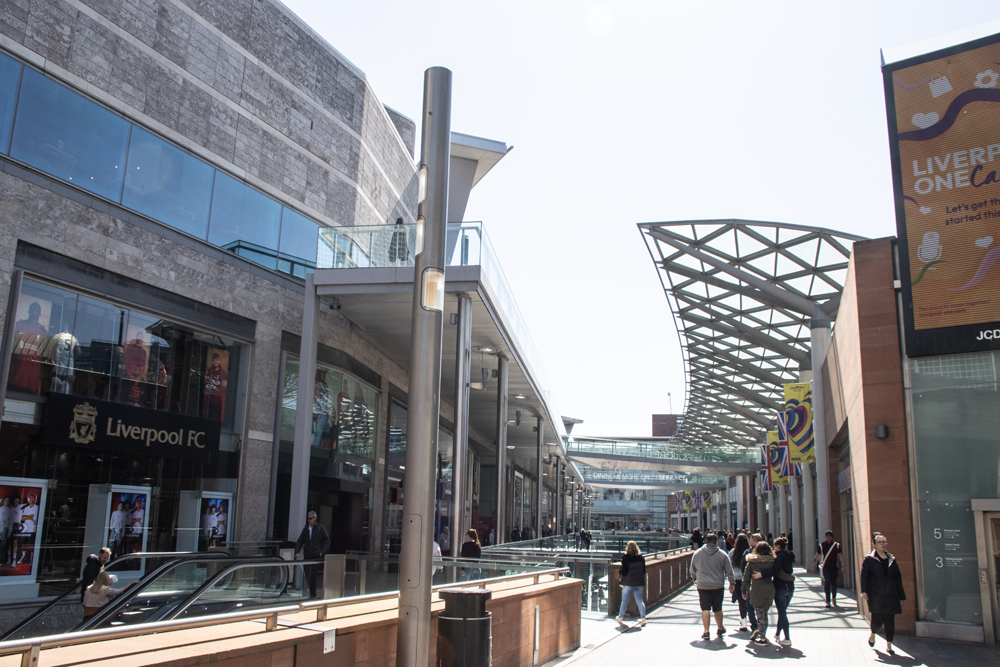
Liverpool 1
The entire area of Liverpool 1 is a massive shopping, residential, and leisure complex. The project involved a, retail led, redevelopment of 42 acres of land, in the city. The complex has been a significant boost to the local economy. Each store has been created by a different architect, which is one way it differentiates itself from other shopping centres. The majority of it opened in 2008. Find out more on our tour
Thomas Steers Way
You are now standing where the prosperous trading port of Liverpool really began. In 1715 the world’s first commercial enclosed wet dock was built where you are standing, which was designed by Thomas Steer, who has had this street named after him. Before this, ships had to moor in the “Pool”, a tidal inlet that gave Liverpool its name. This became a muddy expanse at low tide. The dock, with gates that cut the dock off from the tide, was an expensive and risky venture, but it allowed ships to load and unload at all times, impervious to the situation with the tide. It was built at the mouth of the “Pool” with quays for loading and unloading all around it. Find out more on our tour
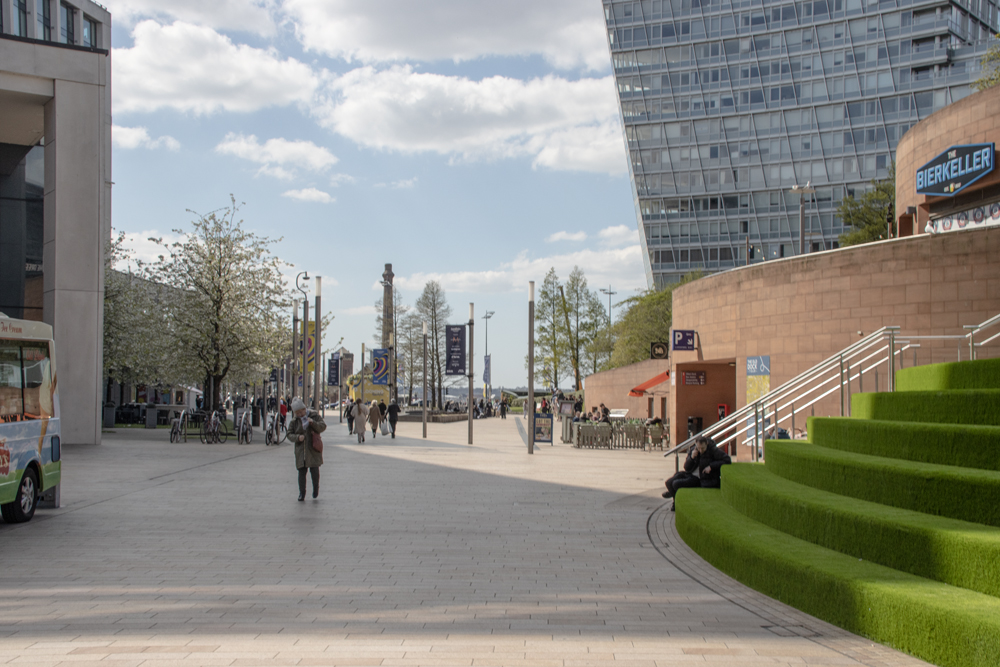
Book Your Favourite Walk Now!


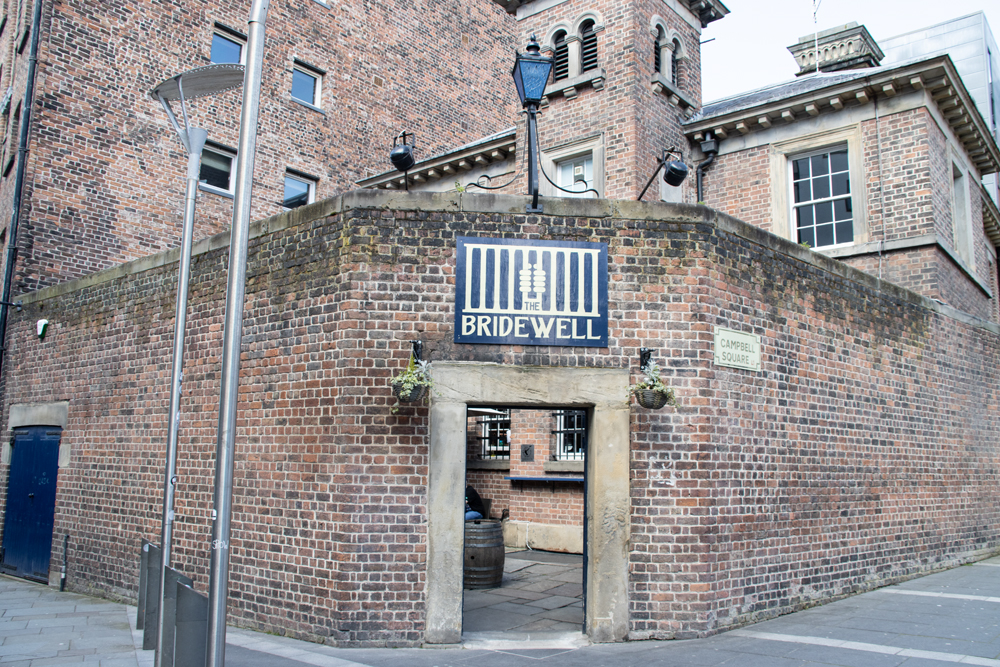
Liverpool 1 Bridewell
Liverpool 1 Bridewell was once a prison for petty offenders, and was named after the one in London, near St Bride’s Well. There was, at one time, ten of these in Liverpool. Charles Dickens came to Liverpool regularly for amateur theatricals, or public readings of his work. On one visit he enrolled as a special constable, and toured the docklands with the Superintendent. It is claimed he was posted here, but he did not mention it in his diaries. Today it is a restaurant, the courtyard is now laid out with tables, and tiny cells have become private little dining rooms. Find out more on our tour.
Bluecoats Garden
The Bluecoats Garden is a tranquil haven, only minutes from the busy shopping streets. This handsome 18th Century building, started life as a charity school, but in 1907 a group of artists set up the Bluecoat Society for Arts, which makes this Britain’s oldest art centre. In the Impressionist Exhibition, held here in 1911, paintings by Picasso, Matisse, Cezanne and Van Gogh were displayed, here, for the very first time in Liverpool. Find out more on our tour.
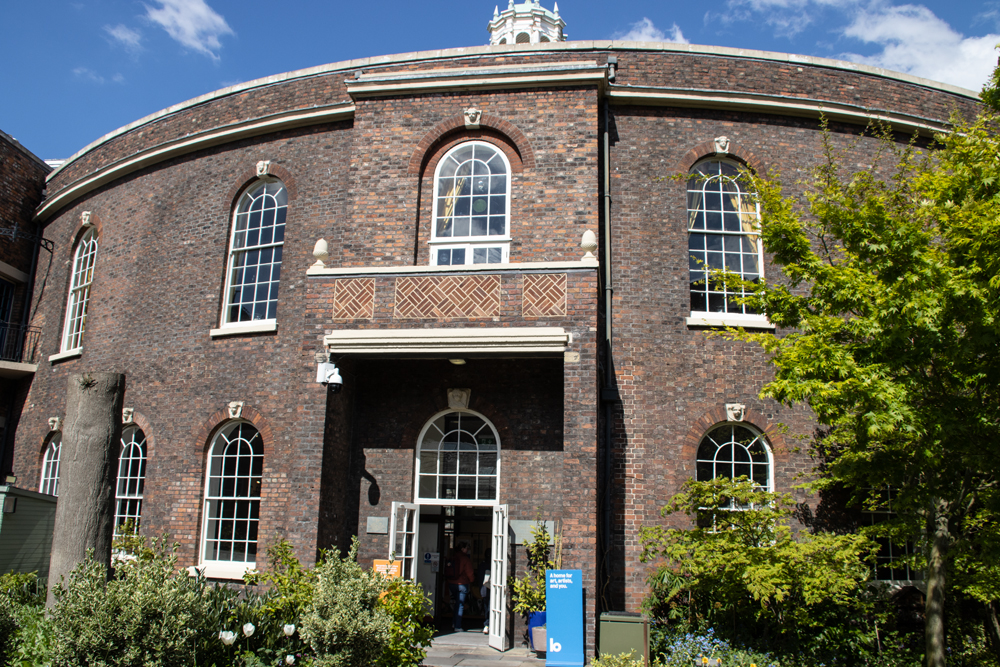
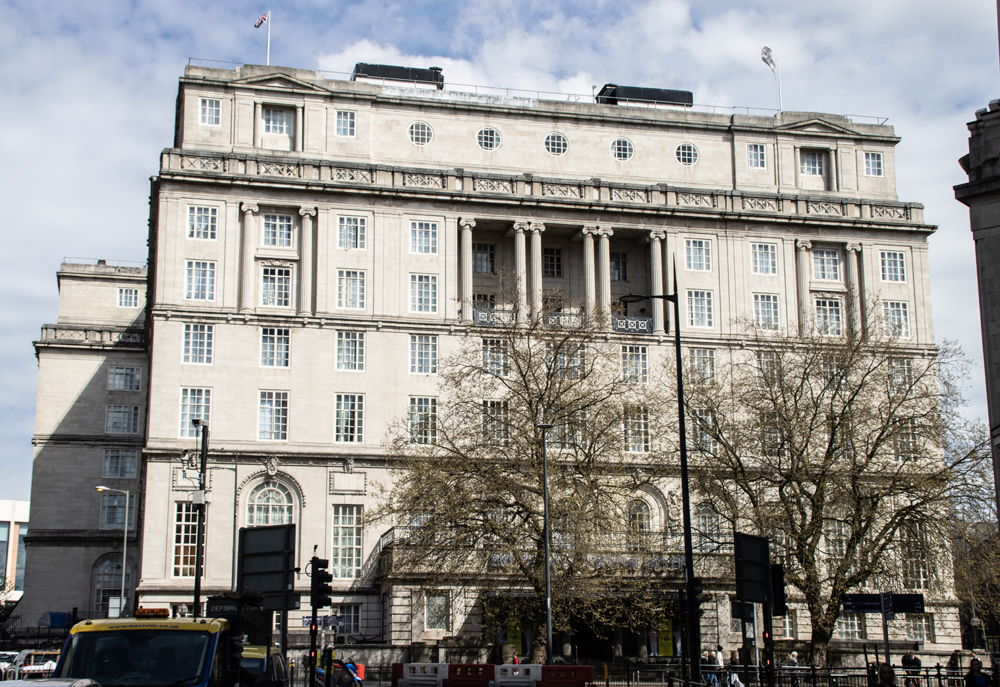
Adelphi Hotel
When the Adelphi opened its doors, in 1914, it was the most luxurious hotel outside London. It was that grand because of the importance of Liverpool to transatlantic travel, which was generally a prerogative of the rich. The public rooms have now seen better days, but you can still get an impression of how it would have looked in its heyday. There have been many famous guests here, including Winston Churchill, Franklin D Roosevelt, Frank Sinatra, Laurel and Hardy, Judy Garland, and, of course, the Beatles. Bob Dylan waved to his fans from the balcony of his room here, and perhaps the most unusual guest was the horse, of the once famous cowboy, Roy Rogers. Find out more on our tour.
St George's Plateau
Every city has a major civic space where people gather to protest, or rejoice, or for big events. Liverpool however, has two. The first is the Pier Head, which we cover on our Liverpool Docks walking tour, and the other is here, on St George’s Plateau. In 1911 this area saw violent clashes between Police and striking transport workers. Here vast crowds gathered to celebrate the end of the second World War, and crowds have gathered here to celebrate their football team many times. Over 25000 people gathered here to mourn the assassination of John Lennon in 1980, and more than 65000 gathered to watch Ringo Starr. Find out more on our tour
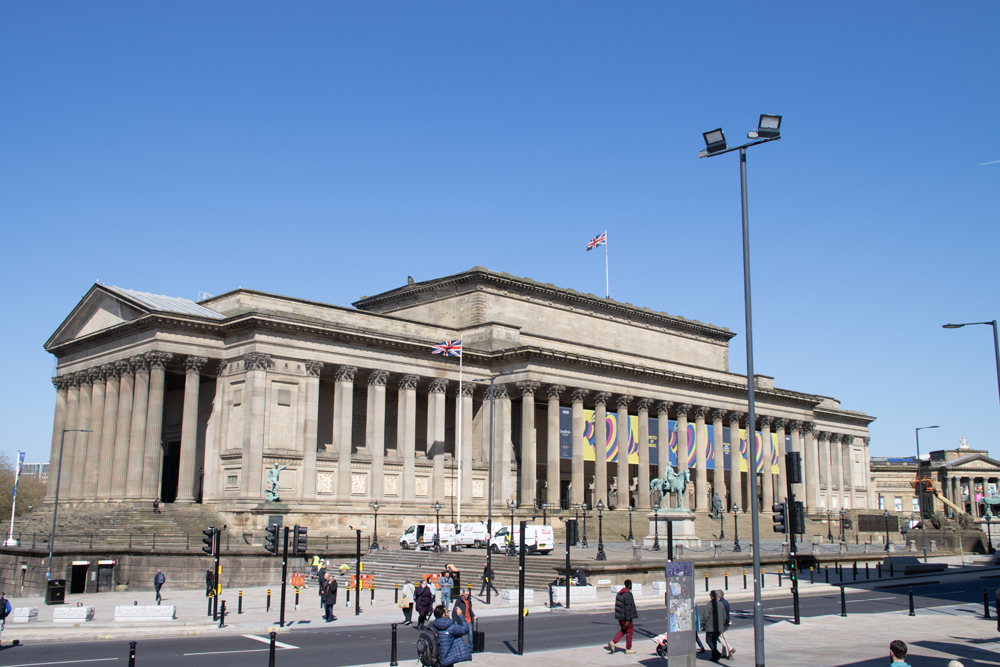
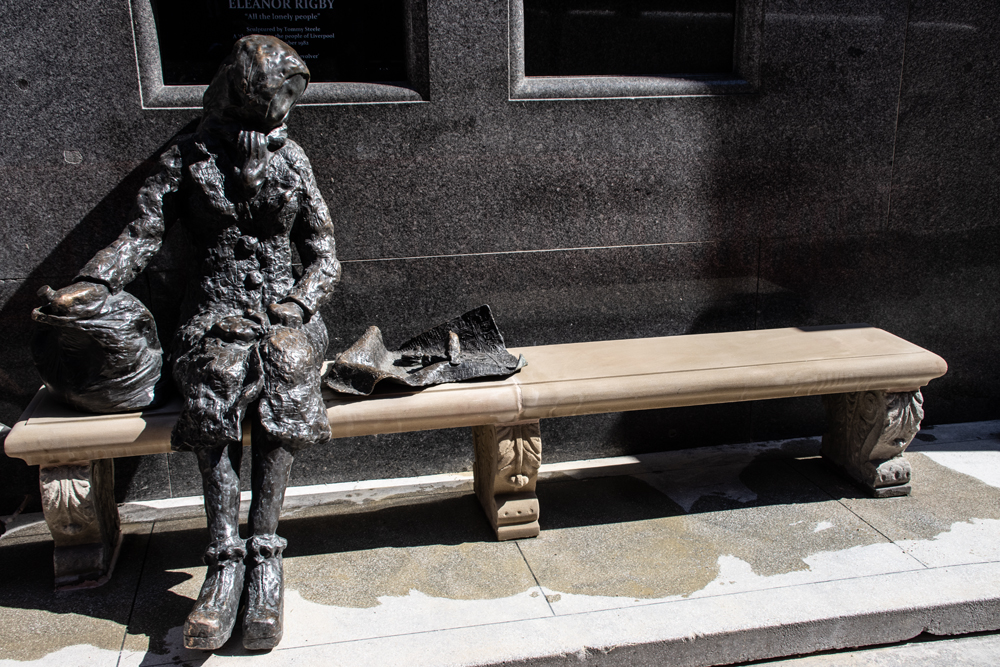
Eleanor Rigby Statue
This sculpture of a middle-aged woman sits on a bench, with space for you to sit next to her, and it is another great photo opportunity. It is dedicated to, “all the lonely people”, of Liverpool. It was sculpted by a man who was known for his ability to entertain, rather than sculpt. His name was Tommy Steele, who was well known in the 50’s and 60’s for his acting and singing ability. He donated it to the city because of his love of performing here. He claimed to have hidden several items inside the sculpture, including a 4 leaf clover, a football sock, and a page from the Bible. Find out more on our tour.
Book Your Favourite Walk Now!


Other Recommended Walks in the City
London Pub Walks Video Gallery
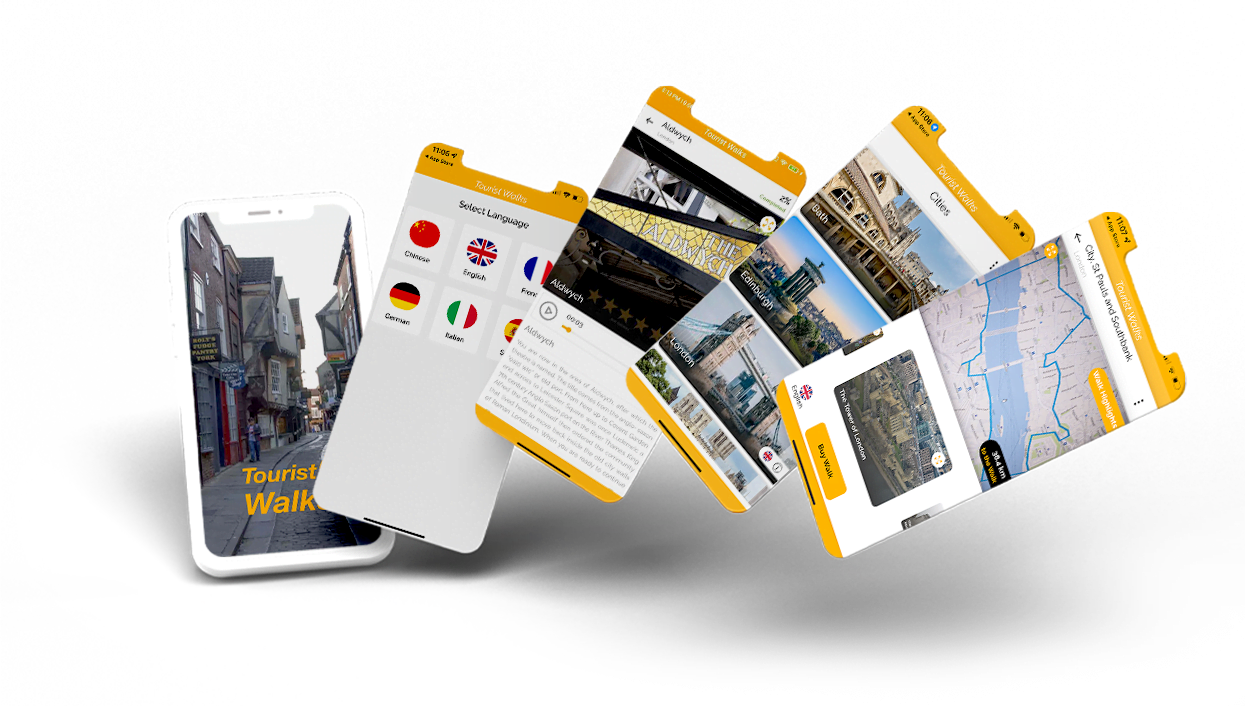
SELF GUIDED WALKS
Do you wish to explore all the beautiful tourist spots? Download our application and discover the hidden beauty and mystery of your destination. Explore today!


Frequently Asked Questions
No. After the walks have been downloaded, for which you need an internet connection, no mobile data is required to do the walks.
No you can pause and resume at any point within the walk. Whether you need a coffee or a comfort break the walks are entirely flexible.
Yes you will receive both verbal guidance and a GPS enabled map to take you around each of the points of interest on the walks.
No the walks are circular so you will receive multiple options of where to start each walk.
Yes there are providing you buy them as a bundle, not one at a time. You can even buy all the walks in one package at a very generous price.
For each point of interest you will get information both verbally and in text and sometimes video form together with helpful images to get the most from each one.
You can pay by all manner of credit and debit cards as well as Paypal.
In the walk summary we point out if the walk is suitable for wheelchairs and pets, and there is also an indication of the distance of the walk, and how long it will take.
Yes we would love to hear from you through our website: www.touristwalks.co.uk
Happy Tourists

I absolutely enjoyed using the Tourist Walk app! The guided walking tours are very informative and interesting. I was able to find the tour I wanted quickly and easily, and the app was very easy to navigate. The walking tour itself was a lot of fun, and I learned a lot about the city. Overall, I would highly recommend this.

Carla Mathew
Tourist Walk is an excellent walking guide app. It is extremely user-friendly and provides great information on the various tours available. I would highly recommend this app to anyone visiting a new city!

Shaun Miles
Tourist Walk is an amazing app that provides guided tours of various cities. The app is extremely user-friendly and easy to navigate. I was able to find the tour I was looking for quickly and easily. The tour itself was very informative and interesting. I would highly recommend this app to anyone visiting a new city!

